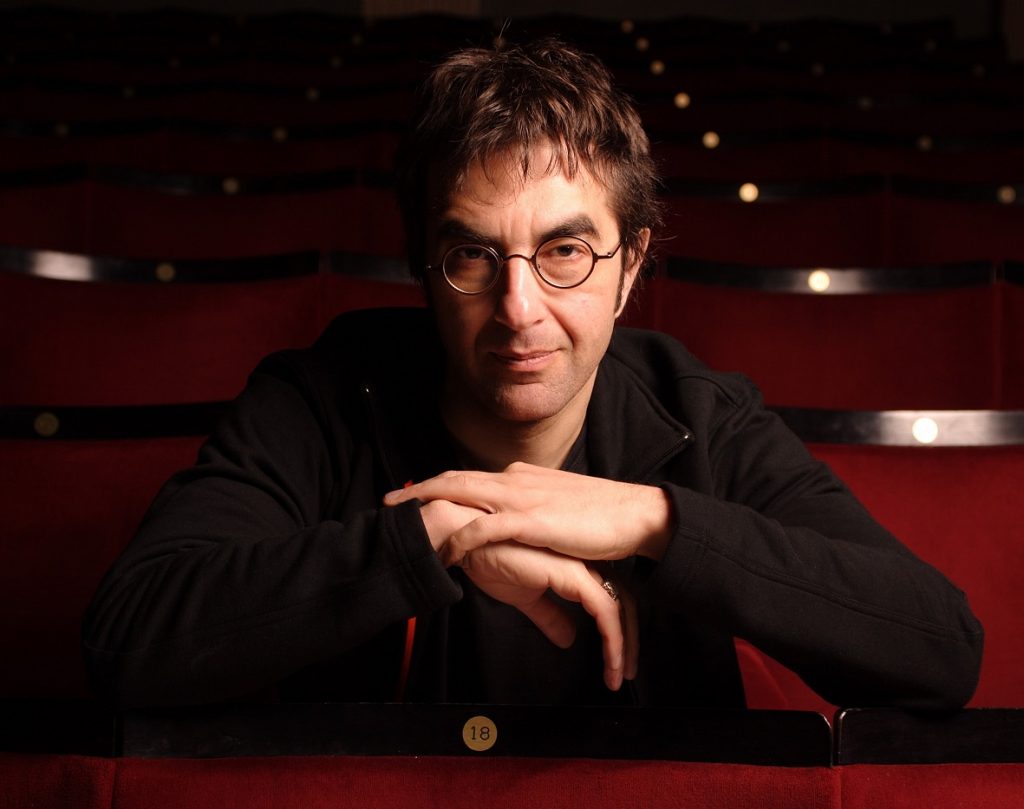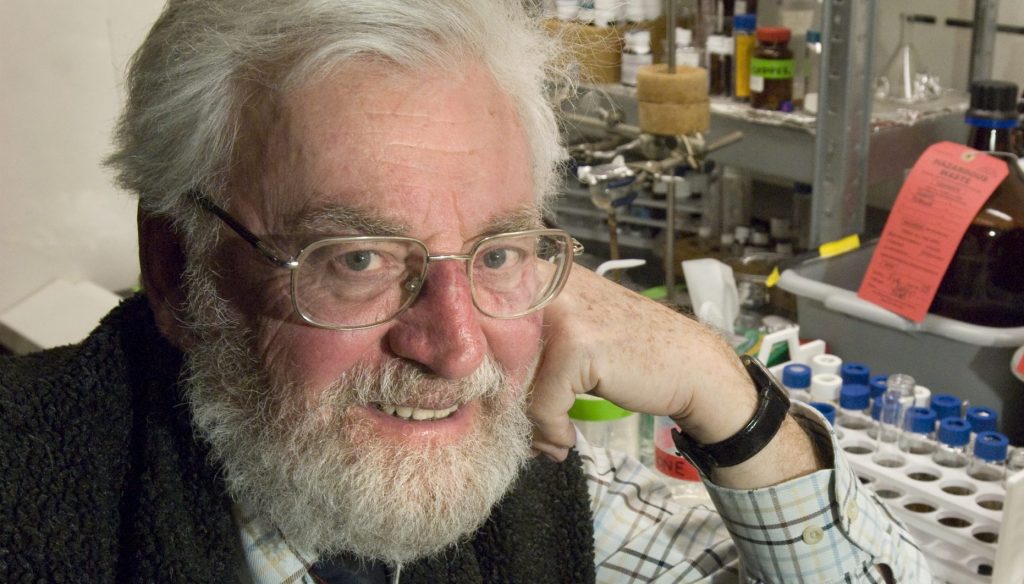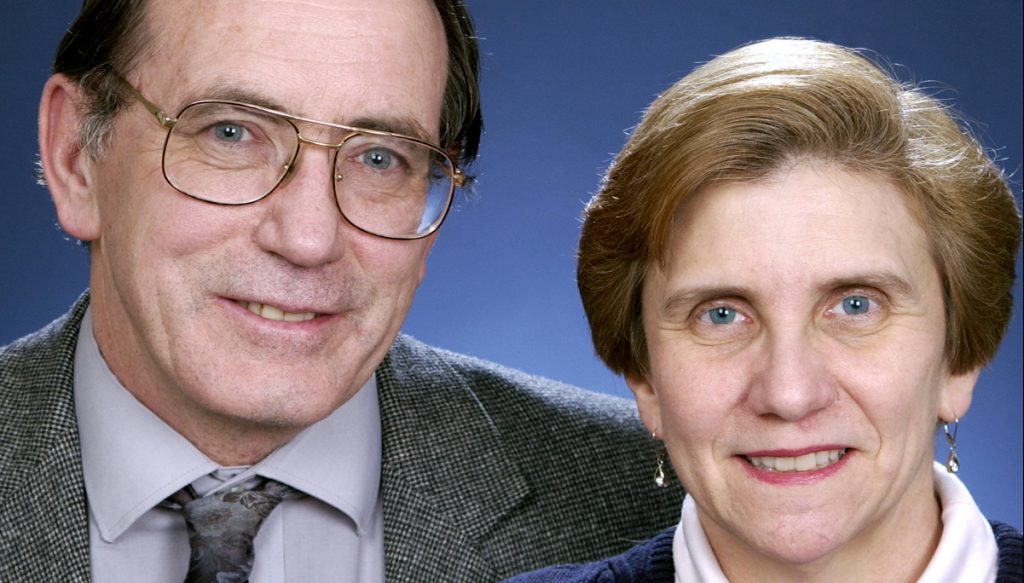Atom Egoyan

Atom Egoyan
Past: Creative Rendering of the Past – Literature, Theater, Film
Atom Egoyan, an Officer of the Order of Canada, is a critically acclaimed and prize winning Canadian-Armenian film maker (director, screenplay writer and editor).
He has directed feature, television and documentary films. His 1997 film The Sweet Hereafter was in the running for a Best Director Academy Award.
Egoyan’s work often explores themes of alienation and isolation, typically set in contemporary situations and social contexts. Hints of his interest in Armenian history and culture appeared in Calendar (1993), where the protagonist travels with his Armenian wife to Armenia to photograph churches for an Armenian calendar, which marks the passage of time throughout the movie: Armenian time. Earlier, in Next of Kin (1984), the protagonist acts out the role of the abandoned son of an Armenian family and immerses himself in their life and culture, which is filled with haunting remains of migration and displacement.
In 2002, Egoyan achieved a great artistic victory with Ararat – the first major motion picture to deal directly with the Armenian Genocide. It explores the human impact of the historical event and examines the nature of truth and its representation through art, which had been Egoyan’s signature in many of his previous films. Egoyan made Ararat deliberately self-referential: it depicts the efforts of an Armenian director, Edward Saroyan, to make a Hollywood-style film about the genocide, from the fictionalized point of view of a genuine historical figure, Arshile Gorky. Ararat includes graphic sequences depicting the horrors of the genocide, but they are always framed as scenes from Saroyan’s film-within-a-film. Furthermore, it shows the actors and filmmakers discussing the ethical problems that arise when adapting contentious subjects into simplistic movies, while Saroyan’s glossy film is contrasted with camcorder footage of real, destroyed Armenian churches near Mount Ararat.
Egoyan is unique in his approach to structure: the story unfolds through the journey of the characters toward the discovery of “truth.” The narrative moves seemingly forward but eventually will expose significant events in the past. Story, characters and relationships are interwoven in layers that peel off one by one to form an enigmatic structure, simultaneously realistic and abstract. This signature Egoyan structure is reminiscent of the passion and craftsmanship of an archaeologist.
Ararat is a superb piece of modernist filmmaking, drawing attention to itself without detracting from the representation of the atrocities. The film-within-a-film format and the cross-cutting are used effectively not so much to distance the viewer from the terrible genocide, but rather to bring the actors in, and through them us, to the reality of having to face traumas, personal as well as collective, that have been denied, dissociated, and concealed.
Atom Egoyan has won many awards, among them the Genie: Best Adapted Screenplay, the Toronto Film Critics Association Award: Best Canadian Film, The Independent Spirit Award: Best foreign Film, the Cannes Film Festival Grand Prix du Jury and the Academy Award nomination for Best Director.
The 2008 Dan David Prize honors Atom Egoyan in the field of Creative Rendering of the Past: Literature, Theater, Film for his superb modernist filmmaking, which explores Armenian history and culture and the human impact of an historical event while examining the nature of truth and its representation through art.


